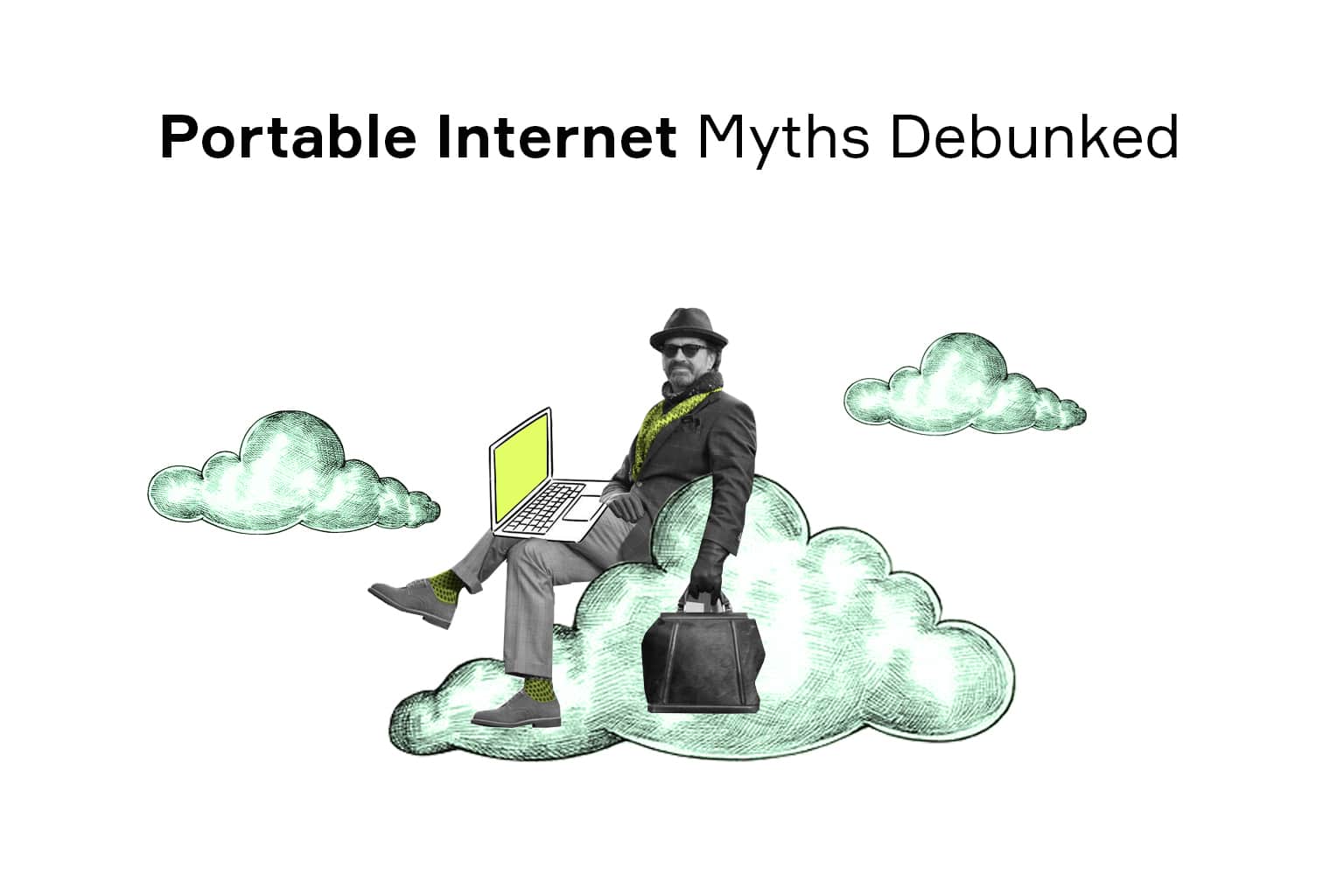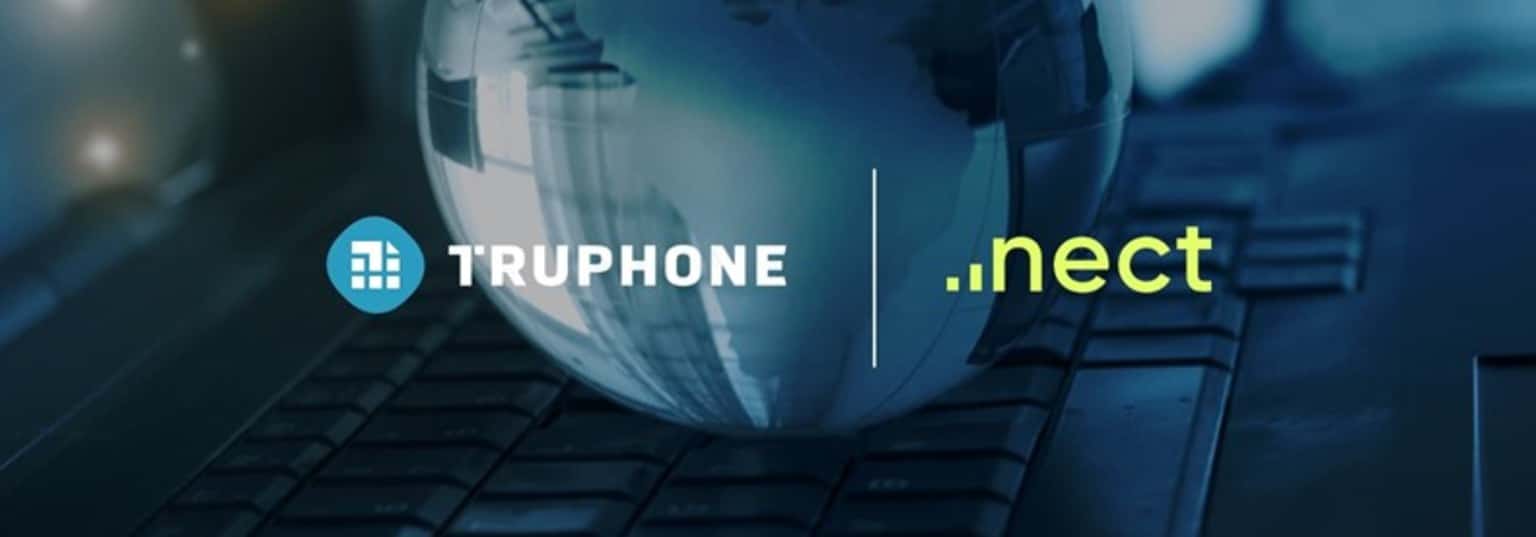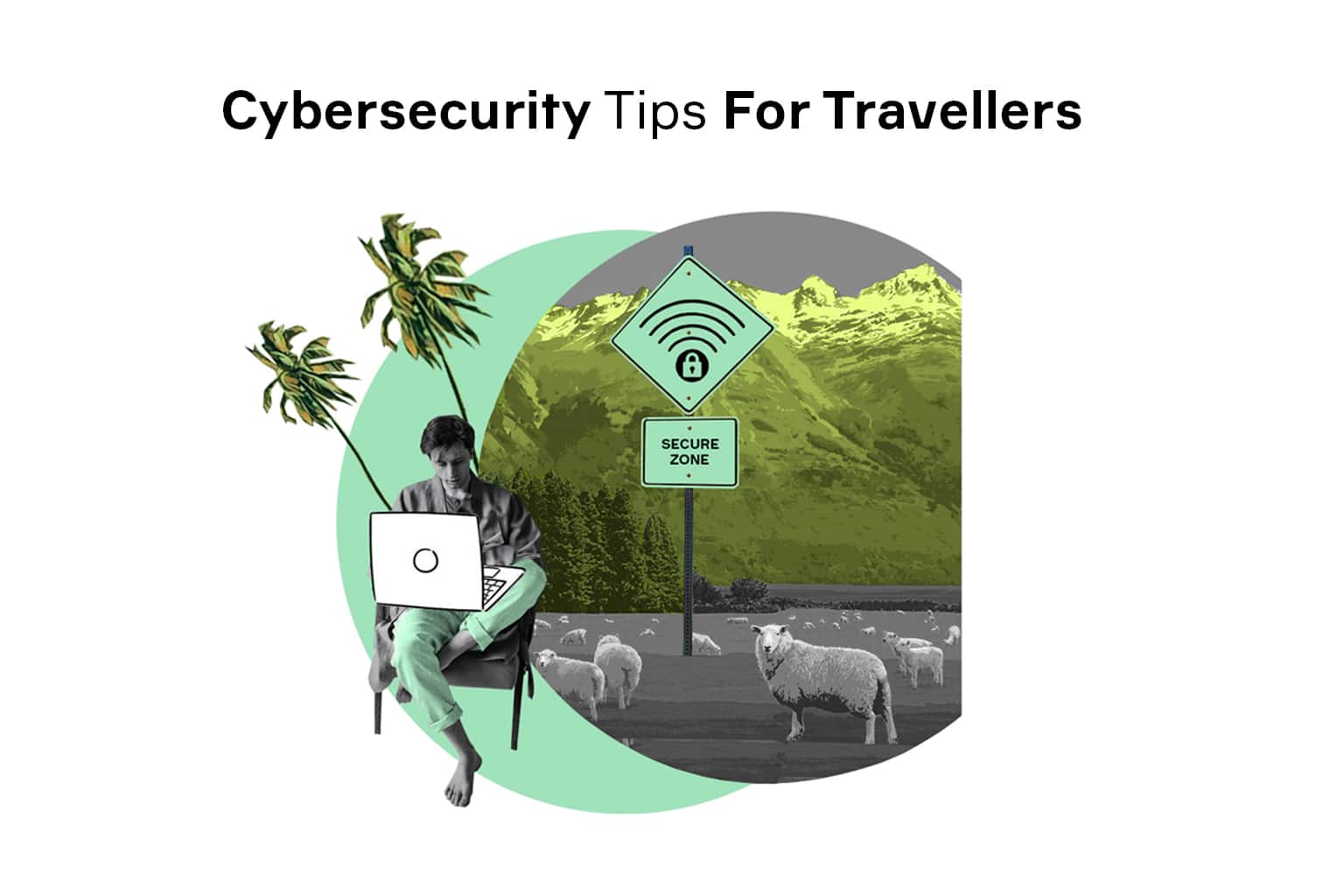
The day zero of something as big and complex as the Internet is hard to pinpoint. The web as we know it was not invented by one entity – rather, it emerged from a convergence of innovations in communication and technology. Leaving out the boring details, here is a simple history of the Internet as we think about it now.
The Early Days
The technology of data transmission across a computer network dates back to the early 20th century, with 1969’s ARPANET being the most widely known working example. Even a simple history of the Internet would be incomplete without it because, while modest by today’s standards, this first network had a number of features that have become the backbone of the modern Internet:
- Remote login
- Packet switching
- File transfer
- TCP/IP protocol
- Password protection
In the early seventies, personal computers were still nowhere in the vicinity, and the ARPANET network covered only three organizations (two universities and what you might call a tech startup). So, while it could technically be considered the Internet, it still lacked one of its key components – accessibility.

In the same way, the email technology, which took its current shape in 1971, didn’t become a game-changer until more than two decades later when everyone could actually use it. So, to trace the origins of what most people mean when they hear the word “Internet,” we should also look into the evolution of the Internet connection.
Brief History of the Internet Connection
The demand for Internet access from personal devices has emerged far before the contemporary infrastructure has been established. A clever way to overcome this barrier was to use telephone lines, which were, to put it mildly, not a perfect solution. In addition to having a rather small carrying capacity, they were designed to transmit analog data. To communicate over the landline, it was necessary to convert the information from digital to analog format to send it, then back to digital to read the message. This is where modems came in – specialized devices that modulate the telephone signal to include the digital data and then demodulate it on the other end.
These pieces of equipment were a far cry from a modern 4G USB modem – they were bulky, noisy, and unbearably slow by modern standards. The earliest commercially available models in the eighties had a transfer rate of 1,200 or 2,400 bits per second. By the late 1990s, the speed of the dial-up connection had grown to what at the time was considered a lightning speed – 56 kbps. To give you a sense of perspective, here’s how browsing at this speed would look like:
- Opening Youtube in a browser: ~1 minute
- Watching a 5-minute HD video: ~2 hours
- Sending a photo: ~15 minutes
- Watching a 30-minute episode on Netflix: ~40 hours
Fortunately, by this time, the broadband connection became available to the public. Broadband networks, which were specifically designed for digital data transfer, were much more reliable, had a persistent connection to the web, and far higher data transfer rates.
Going Mobile

By the mid-2000s, portable digital devices such as tablets and mobile phones became commonplace, creating the demand for wireless broadband connectivity. The earliest attempts, now known as 2G (to distinguish from the first generation that used analog transmission) were introduced as early as the early 1990s. As one might expect, these were pretty slow and only worked for text emails. The technology was refined, giving birth to GPRS (2.5G) and EDGE (2.75G).
The third generation was when the mobile Internet really went broadband. Not only did it allow for a relatively comfortable browsing experience, it also improved the stability of connection, achieving the landmark always-online status. At this point, the advantages of a wireless connection became apparent, and people started using portable modems not only to work from anywhere, but also to replace home internet. These devices combined the versatility of phones with the reliability and speed of cable networks, essentially taking the best from both worlds throughout the third, fourth, and into the fifth gen. In fact, our nect MODEM will work with both 4G and 5G networks.
Wrapping Up
Looking back at the brief history of the Internet, one might feel condescending about the clumsy early attempts to get online. After all, our own 4G LTE USB modem is a sleek box packed with hi-end hardware that can share a connection with 10 devices – a bigger network that ARPANET had ever been. However, it is worth remembering that we, too, are standing on the shoulders of giants. Dial-up modems and first-generation mobile networks might look amusing – yet knowing about them can help us appreciate how far we have gone and how many opportunities are ahead.
All illustrations are created by Lucy Ivanova, a chief creative officer at nect.



